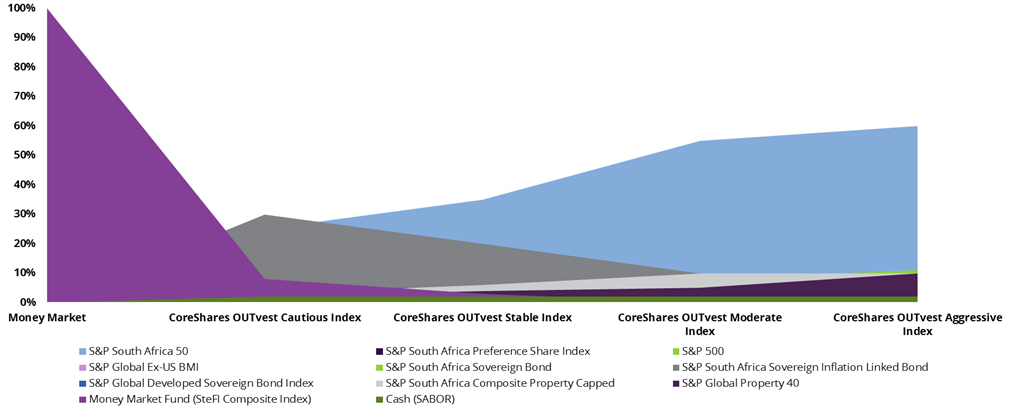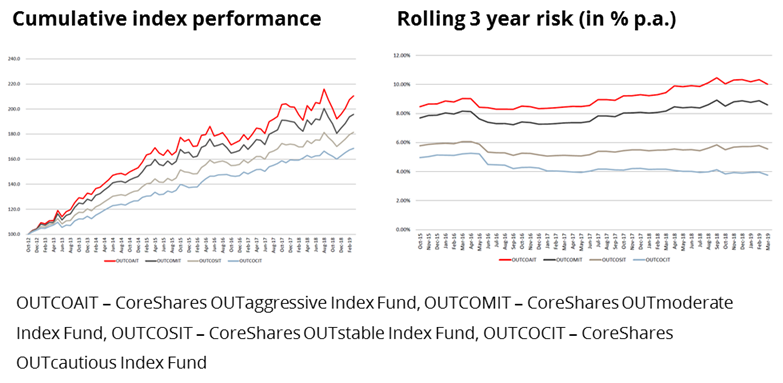No one else in my family had this particular inclination so my learning was sometimes painful, cue setting a motorbike on fire whilst trying to see if the magneto was delivering a spark.
I became better as I got older especially as I drove the kind of cars that tended to break down, often.
As I got older I spent some of my holidays working in an engineering shop that made specialised door hinges, the kinds often used for stacked doors. Whilst a door hinge seems like such a simple thing, I was amazed at the blend of skill, processes and materials that are required to produce a reliable door hinge.
The floor of this engineering shop was filled with the most incredible machines. I spent hours working with lathes, presses and milling machines with everything from mild steel to aluminium, brass and injection moulding plastic.
I finally entered the workplace and ended up working in investment management in London, almost by accident, a few years before the Global Financial Crisis (GFC), the worst financial crisis since the Great Depression of the 1930s.
In those days the world of investment management was dominated by the star fund managers. The super smart individuals in sharp suits who could give you six reasons for each holding in their portfolio and who had teams of analysts combing annual reports for insights for their next investment.
In those days fund managers were the rock stars of asset management companies and were, and in some cases still are, the best paid function of the asset management business. Whilst I wanted the career progression and recognition of being a fund manager, I felt the process of stock selection and portfolio construction was, in some cases, extremely subjective.
I didn’t really know it at the time, but what I was really looking for was something that felt more like engineering than investment management.
In what was the luckiest stroke of my career I ended up working in a team of qualified actuaries who helped design investment solutions for pension schemes.
It was in this team that I started learning about engineering in the world of investment management, portfolio construction, statistical modelling techniques, time series and historical data studies.
I continued this learning later in the investment team of the private wealth division where I was part of a team that constructed portfolios for high net worth clients using a risk based approach.
I left London in 2015 and came back to South Africa with the idea of building a direct to consumer investment business, a place where everyone could invest.
The idea when we started OUTvest was to design an investment system that was engineered to get people to their desired investment outcomes, at low cost and without requiring sophisticated knowledge from the user.
The way we did it was to create an investment solution that worked like a car, an investment solution that was designed and built to offer extremely high quality investment plans and exposures in a way that anyone could use. The complexity was there, it was just hidden behind a simple digital user interface.
The method was to create a set of investment exposures specifically designed to work with a mechanical advice system and a cashflow modelling engine.
The remainder of this article provides a quick insight into the design of the investment exposures and how these have performed since we launched on 20 March 2017. We intend to release future articles that cover more of the aspects of the OUTvest system in greater detail.
It was always our aim to create an extremely high quality range of investment exposures that were suitable for the vast majority of needs of consumers. These exposures were designed in-line with the latest investment thinking and to be as efficient as possible.
We designed four investment portfolios with increasing levels of equities, incorporating both local and offshore diversification, and included a money market fund into our mix.
Picture a car, now think of the capital market returns as the engine and the portfolio construction as the gearbox and you are close to understanding our approach.
We used well-diversified multi-asset passive investing techniques with increasing allocation to equities for our four portfolios managed by CoreShares, and one actively managed money market fund, by Granate.
The four CoreShares Portfolios are governed by a custom index, designed in conjunction with S&P Dow Jones indices, one of the world’s leading financial index companies. Each portfolio is designed with a different risk and return objective in mind. The idea is to create a system where asset allocation drives investment returns.
The custom indices serve as the rules for which each of the four portfolios is managed by CoreShares. We don’t need to select other investment managers as is typically the case in multi-manager portfolios.
We use a special index. The result is that each portfolio holds a collection of direct stock holdings and Exchange Traded Funds where it is efficient to do so. This approach reduces the layering cost typically associated with a multi-manager approach and using a multi-asset index as a mandate, creates an approach where asset allocation is the dominant driver of returns.
We reduce trading costs in the portfolios by setting the rebalancing of each custom index to be every six months. We use a market capitalisation weighting technique for each of the sub-indices further reducing trading costs.
These portfolios are housed in five collective investment schemes, four of which are exclusive to OUTvest. This means that every client with a similar investment objective has the same asset allocation. This is not always the case with managed accounts.
This also means that client administration is exceptionally simple to manage and it’s easy to meet client expectations when it comes to withdrawals and contributions.

Source: OUTvest, based on the custom multi-asset index allocations. Actual portfolio allocations will drift over time. Rebalancing is every 6 months.
However as with everything, the proof is in the pudding. On a quarterly basis we monitor the performance of the indices with data directly from S&P Dow Jones Indices.
This is basically a back testing approach that excludes fees and taxes. The idea is to create a repeatable investment performance that helps us design a system of investment exposures that are suitable for various time horizons. This is just a small part of designing an OUTcomes-based investment solution.
It is important to note that as a result of the rules-based approach to portfolio construction the CoreShares unit trusts and the associated indices track each other very closely, excluding the impact of fees (including brokerage) and stamp duty.

Source: S&P Dow Jones Indices. Data is as a result of financial modelling, excluding fees and taxes. All investments are exposed to risk and not guaranteed. Past performance is not indicative of future returns.
Whilst back testing is all good and well, what you really want to see is whether the performance of the funds in real life match those of the indices, and even more importantly, how your portfolios compare against their peers.
We are extremely pleased with the performance of our funds relative to their peers, especially since inception two years ago. We are particularly happy with the CoreShares OUTaggressive Index Fund which has outperformance 96% of its 143 competitors over two years to the end of March 2019.
|
Fund |
20 March 2017 to 31 March 2019 (Since inception) |
1 year to 31 March 2019 |
ASISA Peer Group |
|
CoreShares OUTaggressive Index Fund |
96% |
94% |
SA Equity General |
|
CoreShares OUTmoderate Index Fund |
92% |
72% |
SA Multi-Asset High Equity |
|
CoreShares OUTstable Index Fund |
81% |
52% |
SA Multi-Asset Medium Equity |
|
CoreShares OUTcautious Index Fund |
47% |
12% |
SA Multi-Asset Low Equity |
|
Granate SCI Money Market Fund |
72% |
67% |
SA Interest Bearing |
Source: Morningstar, performance is net of fees, distributions reinvested. Past performance is not guaranteed and is not an indication of future performance.
The core objective of the funds however are to deliver clients to their desired investment outcomes, be it a child’s education, a house, a retirement and everything in between.
The purpose of all this work is to help clients achieve real world outcomes without them having to know everything about investing.
